Table of Contents
The welcome and introduction of a puppy provide endless joy and warmth. The wagging tail, playful antics, and innocent faces cheapen the stroke of love that gushes out of anyone. Then with all that joy comes serious responsibility. One of the very first big challenges for new dog owners is housebreaking -that is potty training puppy.
The whole training of potty seems almost impossible for the novice at shutdown begins with-a bit of patience, consistency, and knowledge of what is really needed by the puppy could turn into one lovely and smooth experience. This ultimate potty training guide will take you through everything you need to know about potty training a puppy, including understanding developmental stages, crate training, assessing body language cues, and setting up daily routines.
Why Is Potty Training So Important?
Potty training must not simply be for cleanliness; it is the foundation for discipline, trust, and comfort between you and your dog. A dog that is well potty trained is less prone to behavioral issues and will blend very well into your household environment.
Understanding Puppy Development Stages
To begin analyzing the various forms of primary training with secondary conditioning, let me give you the necessary information about the puppy’s biological and behavioral development. These stages grant a puppy with the capacity of learning and holding control over its bladder.
1. Neonatal Period (0–2 weeks)

- Key Traits: Blind, deaf, immobile.
- At this time, puppies entirely depend on their mother for warmth, feeding, and elimination of wastes.
- A puppy at this stage is not ready for any human interference with potty training.
2. Transitional Period (2–4 weeks)
- Eyes open, senses begin to develop.
- They start exploring their surroundings slightly and may urinate independently.
- Still too early for structured training.
3. Socialization Period (3–16 weeks)
- Most important phase for human and environmental interaction.
- Puppies start learning social cues and begin to mimic behaviors.
- This is the ideal time to begin potty training, especially from week 8 onwards.
4. Juvenile Period (16 weeks and above)
- Puppies gain better control over their bladder and bowel movements.
- Capable of understanding structured routines.
- Fear phases can appear—positive reinforcement is crucial during this time.
When Is the Right Time to Start Potty Training a Puppy?
The best time to institute toilet training is between 8 and 12 weeks of age. Some other key factors for this age include that the puppy:
- Is beginning to exercise control over its bladder and bowels.
- Is ready to learn.
- Has developed enough cognitively to understand rewards and repetition.
In fact, the later an owner waits, the more bad habits the dog will be ingrained with and thus the harder they will be to unlearn.
Also Read: Separation Anxiety: 5 Ways to Help Your Dog Feel Safe Alone
Preparing Your Home for Potty Training
Some preparations before bringing your puppy home could make a big difference in setting up a successful toilet training routine.
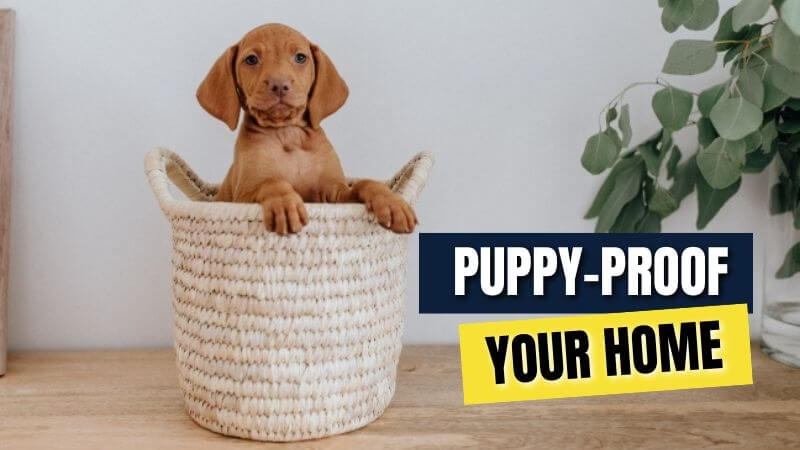
✅ 1. Puppy-Proof Your Space
- Remove access to wires, shoes, carpets, or chewable furniture.
- Employ baby gates to confine movement to one or two rooms.
- Do not lay down rugs in the early weeks, as puppies often mistake them for pee pads.
✅ 2. Create a Safe Zone
- Set up a place for sleeping and eating.
- Puppies usually do not like to go to the toilet near where they sleep or eat.
- Use a crate or playpen to help set up this area.
✅ 3. Decide on a Toilet Area
- Whether it is inside with a pee pad or outdoors in a specific spot, always go to the same spot.
Understanding Puppy Toilet Timings
Puppies have small bladders and rapid metabolism, which means frequent toilet breaks are necessary. As a general rule:
| Puppy Age | Bladder Capacity (Hours) |
| 8 weeks | 2 hours |
| 12 weeks | 3 hours |
| 16 weeks | 4 hours |
| 6 months+ | Up to 6 hours |
You should take your puppy out to pee:
- Immediately after waking up
- After eating or drinking
- After play sessions or excitement (zoomies)
- Before bedtime
- Every 2–3 hours during the day
How to Potty Train a Puppy Step-by-Step
So now that your little friend is home, and the area is prepared, we will go through step-to-step toilet training procedures that are working, gentle, and puppy-friendly.
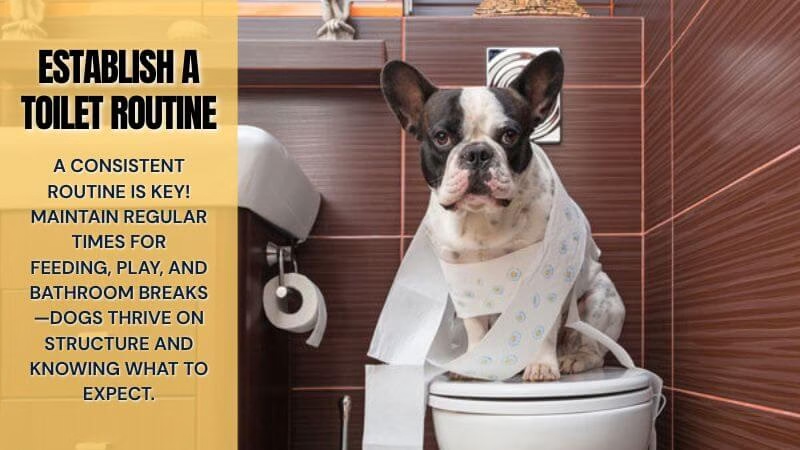
✅ Step 1: Establish a Toilet Routine
Good old routine! Stick to scheduled feeding times, play times, and toilet breaks. Dogs love routine and predictability.
Tip: Keep a journal or download an app to note when your puppy pees or poops.
✅ Step 2: Watch for Potty Cues
Puppies often show signs before needing to go:
- Sniffing the floor
- Circling
- Looking restless
- Whining
- Heading toward corners or hidden spots
What to do: The moment you see these signs, gently scoop the puppy and take them to the toilet area.
✅ Step 3: Choose a Cue Word or Phrase
Pick a consistent verbal command like:
- “Go potty”
- “Do your business”
- “Toilet time”
Use it only when you bring your puppy to the potty spot. Over time, your puppy will associate this phrase with the action.
✅ Step 4: Use Positive Reinforcement
This is crucial. Praise your puppy immediately after they pee or poop in the correct spot.
- Use treats, petting, or a cheerful tone.
- Avoid delaying the reward—praise must follow instantly to reinforce the behavior.
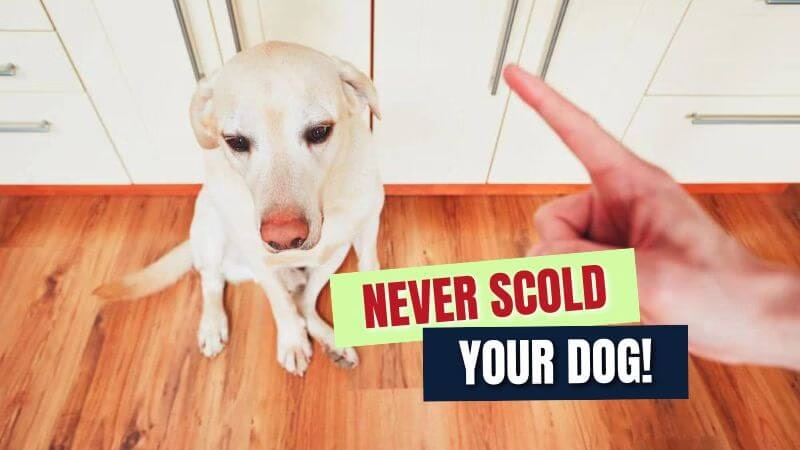
Don’t scold if they make a mistake. Instead:
- Stay neutral
- Clean the area thoroughly with an enzyme cleaner to remove lingering smells
✅ Step 5: Crate Training for Toilet Success
Crates can be incredibly helpful when used correctly.
- Puppies usually don’t eliminate where they sleep.
- Keep the crate cozy but not too spacious—just enough to lie down and turn.
- Take them out frequently from the crate for potty breaks (every 1–2 hours for younger pups).
Over time, they will learn to “hold it” while in the crate.
Common Potty Training Mistakes to Avoid
| Mistake | Why It’s a Problem |
| Scolding or punishing for accidents | Leads to fear or hiding to poop |
| Inconsistency in toilet spot | Confuses the puppy and delays training |
| Delaying praise after potty | Puppy won’t connect the reward to the action |
| Giving too much roaming space | Harder to supervise and catch cues |
| Skipping nighttime toilet breaks | Can lead to crate accidents and confusion |
Night-Time Potty Training Tips
Night training is slightly different and requires some additional strategies:
- Limit water intake 1–2 hours before bedtime.
- Take your puppy to potty just before bed.
- Set an alarm every 3–4 hours during early weeks.
- Gradually increase sleep time as your puppy grows.
Use puppy pads temporarily if you live in an apartment where night-time outdoor access is difficult.
Cleaning Up Accidents the Right Way
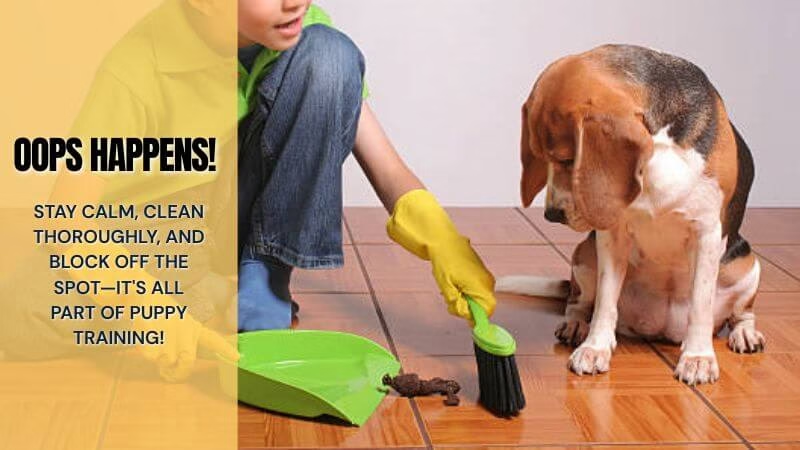
If your puppy pees or poops indoors:
- Do not react emotionally—stay calm.
- Use a paper towel to absorb the mess.
- Clean thoroughly with enzymatic cleaners (not bleach-based), which remove scent markers.
- Prevent access to that area for a while so the behavior doesn’t repeat.
House Training vs. Potty Training
Often used interchangeably, but they differ slightly:
| House Training | Potty Training |
| Broader term including behavior, boundaries, and manners | Specific to urination and defecation control |
| Involves crate time, social boundaries, and chewing control | Focuses solely on where and when to eliminate |
You’ll likely be doing both together during the early weeks.
Tips for Apartment Dwellers
If you live in an apartment:
- Use puppy pee pads initially.
- Designate a balcony potty station with artificial turf or potty tray.
- Eventually transition to outdoor training once vaccines are done.
How Long Does It Take to Fully Potty Train a Puppy?
Every puppy is different, but here’s a rough guideline:
| Puppy Age | Training Progress |
| 8–12 weeks | Accidents are common |
| 3–4 months | Learns to associate right spot |
| 5–6 months | Fewer accidents, stronger control |
| 6+ months | Mostly housebroken |
Consistency and positive reinforcement are the keys. Some breeds learn faster than others, and rescue dogs may need more time.
Bonus: Potty Training Older Puppies or Rescue Dogs
- Use the same steps as with young puppies.
- Be even more patient—older dogs may have trauma or ingrained habits.
- Stick to a strict routine and limit roaming space until progress is made.
Crate training and frequent outdoor breaks help reset old patterns
Final Thoughts: You Can Do This!
Potty training goes back to a fundamental problem every dog owner has had to face at one time-not to mention that it might be frustrating yet highly gratifying after eternity is over with. It really is the very first lesson of trust, structure, and communication for the puppy. For you, it is the first learning to understand a creature that does not speak your language but is desperately trying to learn it.
There will be accidents on the floor, being forced to get up at weird hours to take the puppy out, and moments when you question why this is not working yet. But here is the truth: every accident is part of the teaching process, never a setback. The puppy is not being stubborn or bad—they are learning what the humans expect of them in a world full of rules they have yet to comprehend.
Celebrate small successes—the puppy sniffing by the door before it pees or waiting for you at the chosen potty spot. These little victories are signs of progress. Each one brings your pup closer to becoming a well-adjusted member of your household.
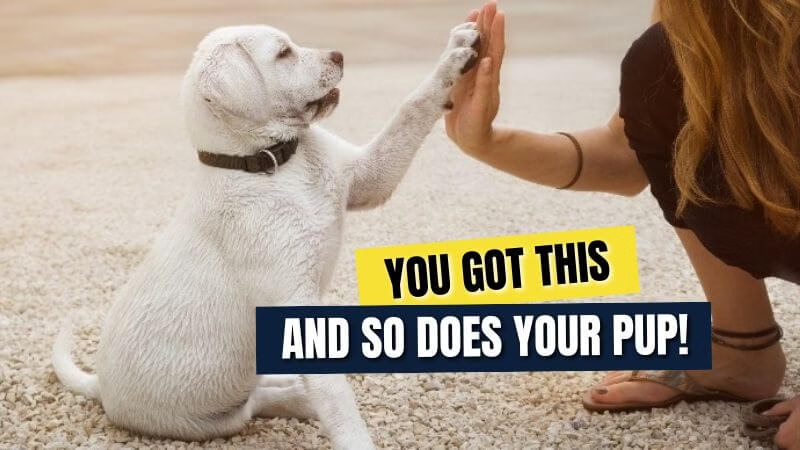
Remember:
- Consistency builds habits.
- Positive reinforcement builds trust.
- Time and patience build lifelong bonds.
And guess what? That puppy who’s causing chaos today will one day be the dog who waits patiently by the door, follows your every word, and brings joy to your life in ways you never imagined.
So hang in there. Keep showing up with love, guidance, and treats. Ultimately, potty training is about much more than teaching your pup where to go; it is about setting the basis for a relationship built on trust, love, and mutual understanding. You got this, and so does your dog!
Quick Potty Training Checklist
- Set a designated potty spot
- Establish a consistent feeding and potty routine
- Watch for behavior cues
- Reward good behavior immediately
- Avoid punishment for mistakes
- Use crate training to reinforce habits
- Clean accidents thoroughly
NEED MORE HELP WITH PUPPY BEHAVIOR OR TRAINING TIPS? BOOKMARK THIS BLOG AND CHECK BACK SOON—WE’RE ADDING MORE DOG CARE GUIDES WEEKLY!
Love our Content? Follow Us on Instagram!
Also Read: Proven Ways to Improve Basic Obedience and Dog Training Success in 2025


4 thoughts on “7 Proven Techniques to Potty Train Your Puppy Fast (Even If You’re a First-Time Owner)”